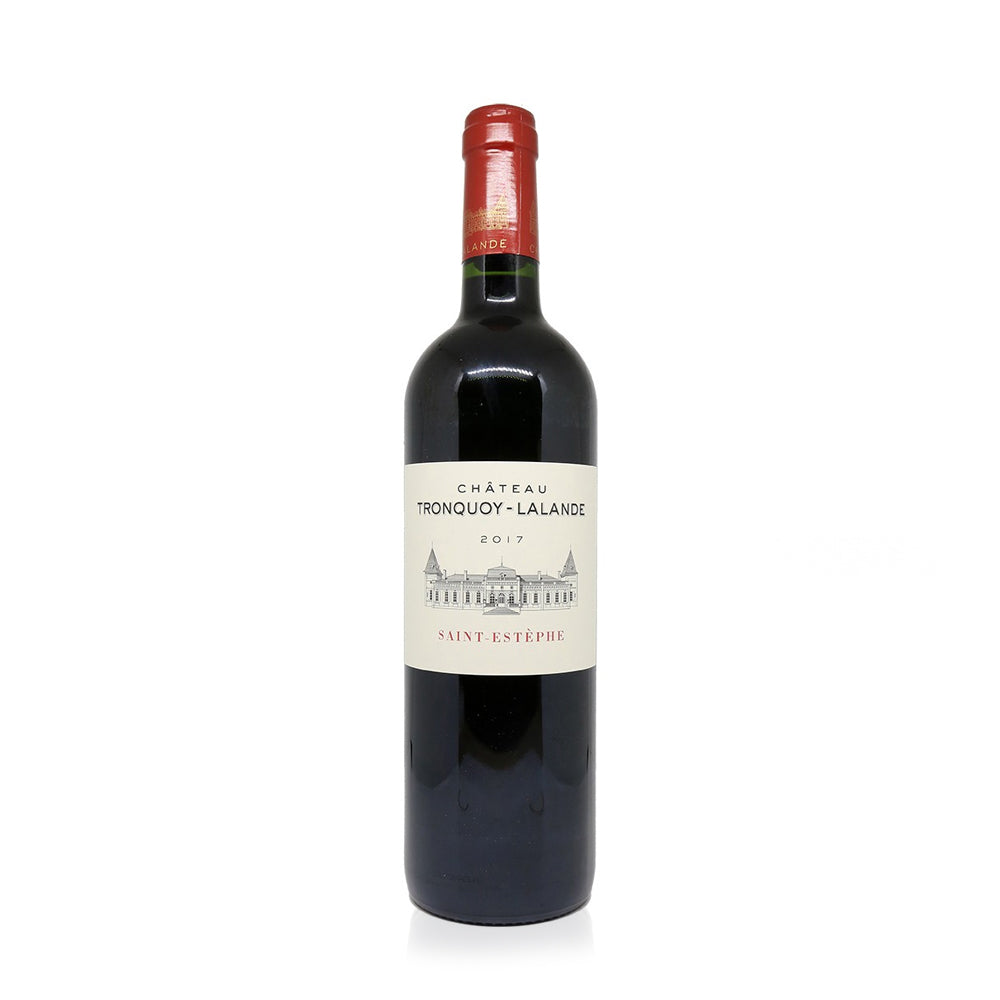Chateau Tronquoy Lalande St-Estephe 2017 750ml
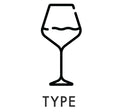



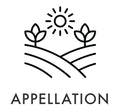

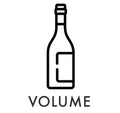
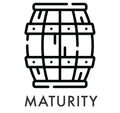
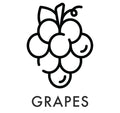

A vibrant and polished red from Saint-Estèphe, showing juicy plum, black cherry, and hints of spice and chocolate. Smooth and full-bodied, with fine tannins and a fresh finish. A blend of Merlot, Cabernet Sauvignon, Petit Verdot, and Cabernet Franc, this vintage is already drinking well but will age gracefully.
Jamessuckling.com | JS 93
Published: Dec 19, 2019
This is a delicious red with ripe plums and chocolate with some hazelnuts and spices. Full-bodied, dense and layered. Shows excellent depth and flavor. Same quality as the excellent 2016. A blend of 55% merlot, 37% cabernet sauvignon, 6% petit verdot and 2% cabernet franc. Better after 2021.
The Wine Advocate | RP 92
Published: Oct 31, 2022
Drink: 2020-2035
Open and perfumed, the 2017 Tronquoy-Lalande bursts with aromas of sweet blackberries, spices and cherries. Medium to full-bodied, supple and charming, its melting tannins cloaked in an ample core of fruit, this bright, expressive wine is already drinking well.
As I wrote earlier this year, Tronquoy-Lalande is an estate that deserves to be much better known. This was the second vineyard planted in Saint-Estèphe, after the Clos of Calon-Ségur, but its Royalist owner didn't participate in the 1855 classification due to his disapproval of Napoléon III. The vineyard itself consists of a single 30-hectare block on an eight-meter-deep gravel ridge directly behind châteaux Meyney and Montrose. Certified organic with the 2021 vintage, Tronquoy-Lalande has never seen herbicides; and after its acquisition by Olivier and Martin Bouygues in 2006, the winery was redesigned with input from the late Jean-Philippe Delmas, equipped with two-tiered stainless steel tanks after the model used at Château Haut-Brion. Ably overseen by Yves Delsol, who has worked at the estate for 30 years and thus knows its every detail, the style is seamless, complex and concentrated, with structural elegance that reflects the quality of these gravel soils more than it does any stereotypes of Saint-Estèphe rusticity. Indeed, in any revision of the 1855 classification, this estate will clearly win classified growth status. Tronquoy-Lalande isn't sold en primeur, and readers can find all the vintages reviewed here on the marketplace.
Decanter | D 89
Published: Apr 9, 2018
Drink: 2023-2035
A beautiful rich colour, and well-balanced. It fades just a touch on the finish, but there is extremely juicy plum and black cherry fruit along the way. A fresh Tronquoy with high aromatics and firm, bright fruit that's not especially generous. Again, Cabernet Sauvignon suffered less than Merlot from the September rain. Harvested from 12 September to 3 October. No frost impact. Yield 55hl/ha.
Closure: Cork
Alcohol: 13.50%
Body: Full
Oak: Oaked
Grapes: 37% Cabernet Sauvignon 55% Merlot 6% Petit Verdot
Tronquoy-lalande.com
Four different grape varieties are used to make the premium red wine, Château Tronquoy-Lalande: Merlot, Cabernet Sauvignon, Petit Verdot and Cabernet Franc.
Each one has a particular role to play, enhancing the others and bringing roundness or density, aroma and flavour or length.
Well-integrated tannins and a certain spiciness are typical features of the blend, together with the trademark tobacco, resin, blackcurrant and liquorice aromas which give the wine its distinctive personality.
After blending, the wine is matured for a year in French oak barrels.
Some vintages of Château Tronquoy-Lalande are remarkably long-lived.
Main characteristics of the Vintage
The weather conditions for the 2017 vintage were quite unusual. The year started with a mild and dry winter, marked by only 2 weeks of cold at the end of January. The temperatures remained mild in the spring, allowing uniform bud burst as from 29 March.
At this stage an early vintage seemed likely, but the growth cycle slowed down at the end of April under the influence of cooler temperatures. The Gironde estuary then played its essential role of thermal regulator during the 3 consecutive days of frost, which spared our vineyard.
The summer-like conditions in May favoured early, quick and uniform flowering for the 4 grape varieties. Summer was dry and temperate, marked by a heatwave from 19 to 23 June.
The first signs of veraison appeared around 17 July. The few rainy spells in September encouraged good development of ripeness for the 4 grape varieties.
We harvested from 12 September to 3 October. Picking within the plots at perfect ripeness allowed us to isolate 15 batches representative of our terroirs, which will make up the wealth of our blends. Each batch underwent taylor made vinification to reveal the best of our wine signature.
Period of harvest: From September 12th to October 3rd
Blend: Merlot : 55%, Cabernet Sauvignon : 37%, Petit Verdot : 6 %, Cabernet Franc : 2%
Tasting notes
Beautiful shiny red colour with beautiful purple reflections.
The elegant and complex nose reveals notes of black fruit and subtle woody hints.
The palate is full body with a nice acidity and a persistent length.
Very good potential. To be fully enjoyed in a few years.

